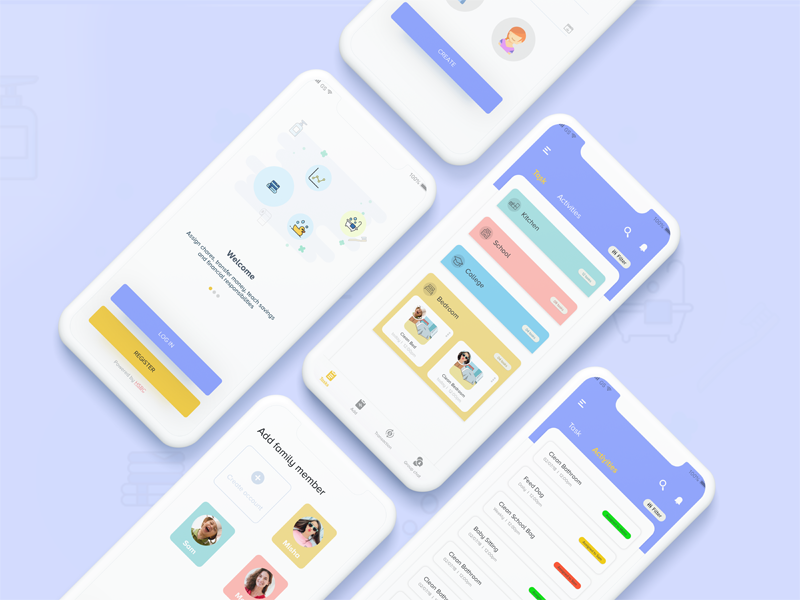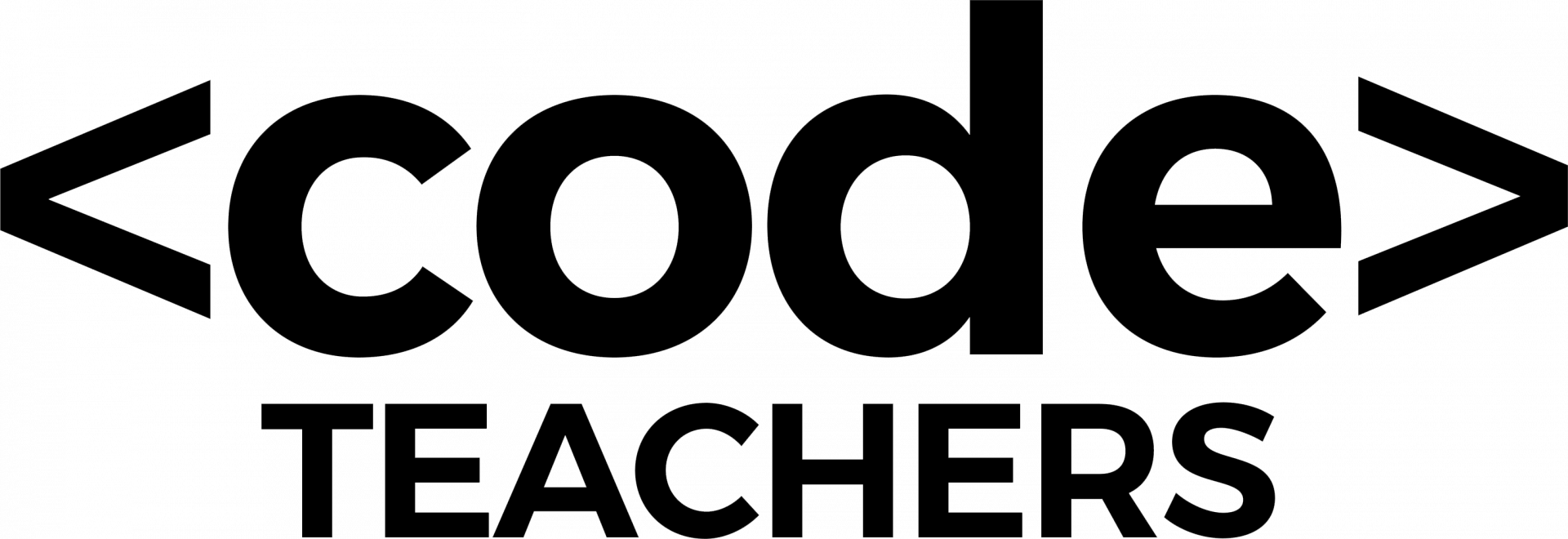Lesson series
Design Thinking 101
Join us in this course as we explore design thinking. Design thinking is a human-centered approach to problem-solving that values empathy, experimentation, and creativity. It's a versatile methodology applicable to a wide range of challenges, whether you're developing new products or improving organizational processes. Class date to be scheduled.
Write your awesome label here.
Solve Big Problems
Throughout this course, you'll dive into the step-by-step process of design thinking. You'll start by defining the problem at hand, empathizing with the users to understand their needs deeply, and then ideating potential solutions. Next, you'll prototype and test these solutions, iterating until you arrive at the best possible outcome. Finally, you'll learn how to implement the solution effectively.
User-Centric Innovation
Design thinking thrives on collaboration and iteration, considering multiple perspectives to find innovative solutions. The ultimate goal is to create user-centric solutions that are both effective and innovative. It's a methodology that has been widely embraced by organizations across various industries, driving innovation and creating value for users.
Certification included

-
Part 1: Introduction to Design Thinking
- Understanding the principles and fundamentals of design thinking
- Exploring the benefits and applications of design thinking in various industries
- Learning about the human-centered approach and its significance in problem-solving
- Discovering real-life examples of successful design thinking projects
-
Part 2: The Design Thinking Process
- Overview of the design thinking process and its key stages
- Defining the problem: Identifying and framing the challenge effectively
- Empathy and user research: Understanding user needs and gaining insights through observation and interviews
- Ideation and brainstorming: Generating a wide range of creative ideas
- Prototyping and testing: Creating tangible representations of ideas and gathering feedback
- Iteration and refinement: Incorporating feedback to improve and iterate on solutions

-
Part 3: Design Thinking Tools and Techniques
- Introduction to various design thinking tools and their practical applications
- User personas and journey mapping: Creating user profiles and visualizing their experiences
- Stakeholder analysis and collaboration: Identifying key stakeholders and promoting collaborative teamwork
- Mind mapping and visual thinking: Using visual tools to enhance ideation and problem-solving
- Rapid prototyping and mock-ups: Creating quick prototypes to test ideas and gather feedback
- Storytelling and effective communication: Presenting ideas and solutions in a compelling and impactful way
-
Part 4: Applying Design Thinking in Real-world Scenarios
- Applying design thinking to specific contexts, such as product development, service design, or process improvement
- Case studies and success stories: Examining real-world examples of organizations using design thinking for innovation
- Overcoming challenges and roadblocks in the design thinking process
- Tips for integrating design thinking into personal and professional projects
- Building a design thinking mindset: Cultivating empathy, curiosity, and creativity in problem-solving
Design Thinking 101
Use Design Thinking to Create Great Products
Learn Design Thinking and Level Up your Experience
By the end of this course, you will have a solid understanding of the design thinking methodology and be equipped with practical tools and techniques to apply it in various situations. You'll gain the confidence to tackle complex challenges, foster innovation, and create user-centric solutions. Get ready to embark on an exciting journey of design thinking!


